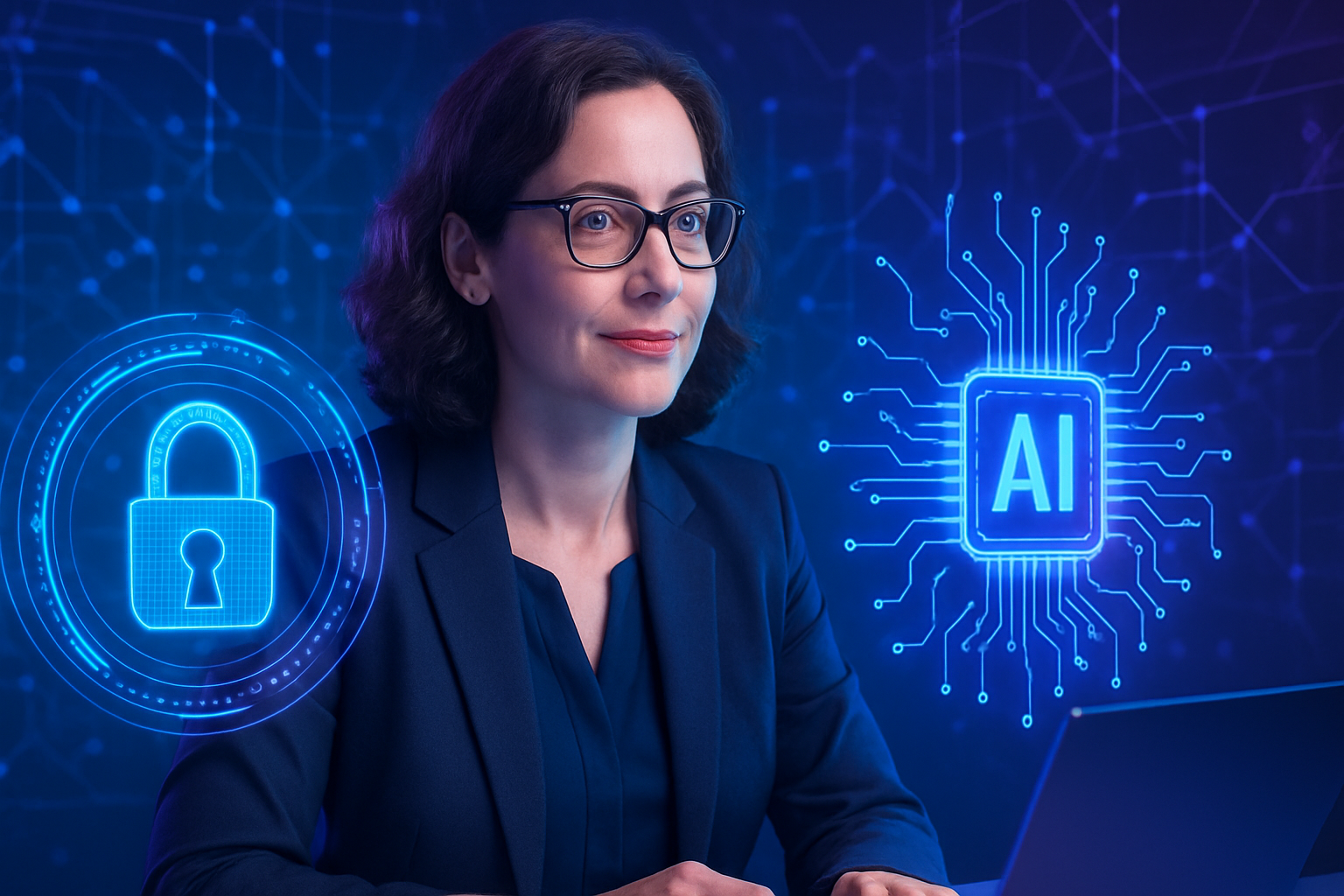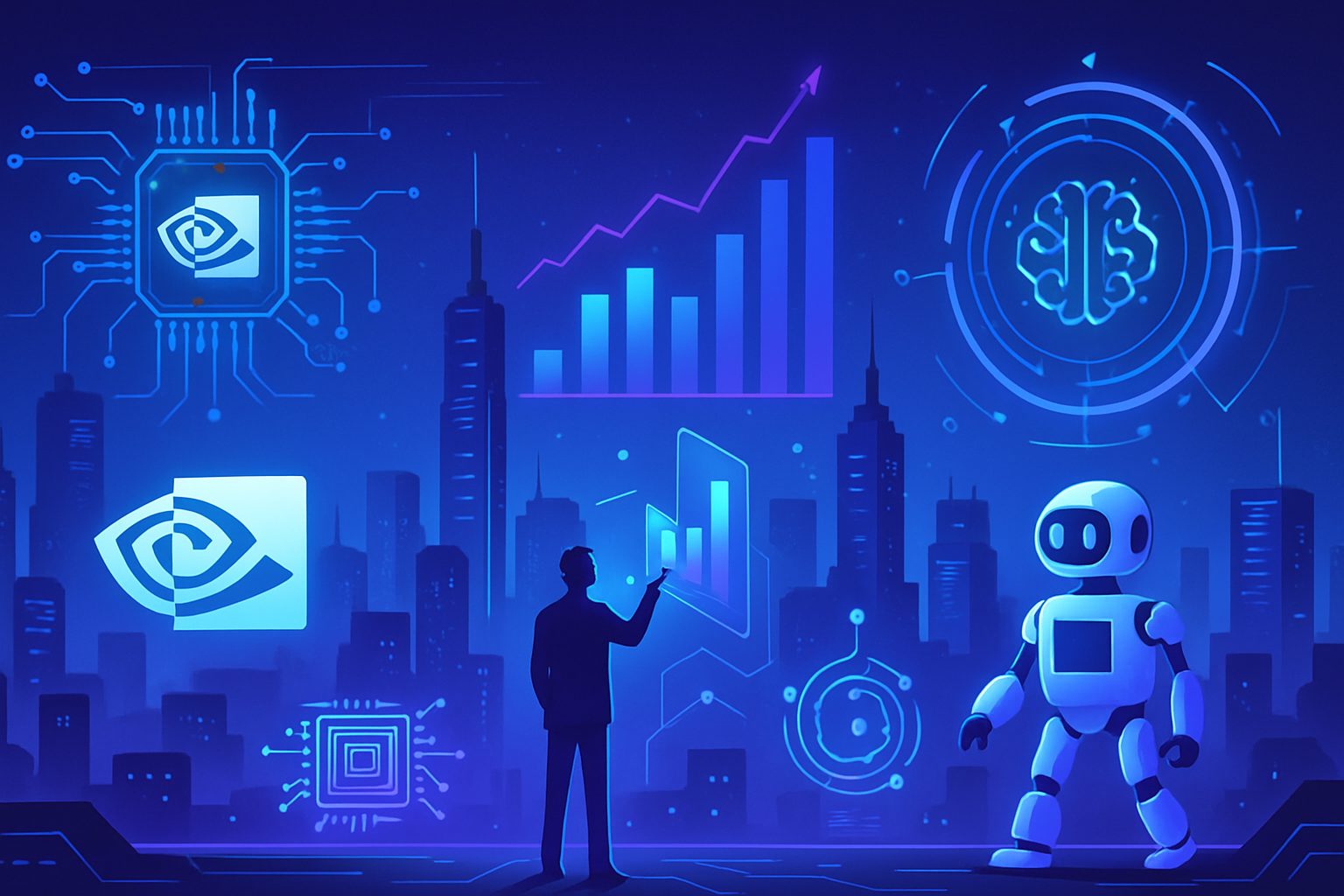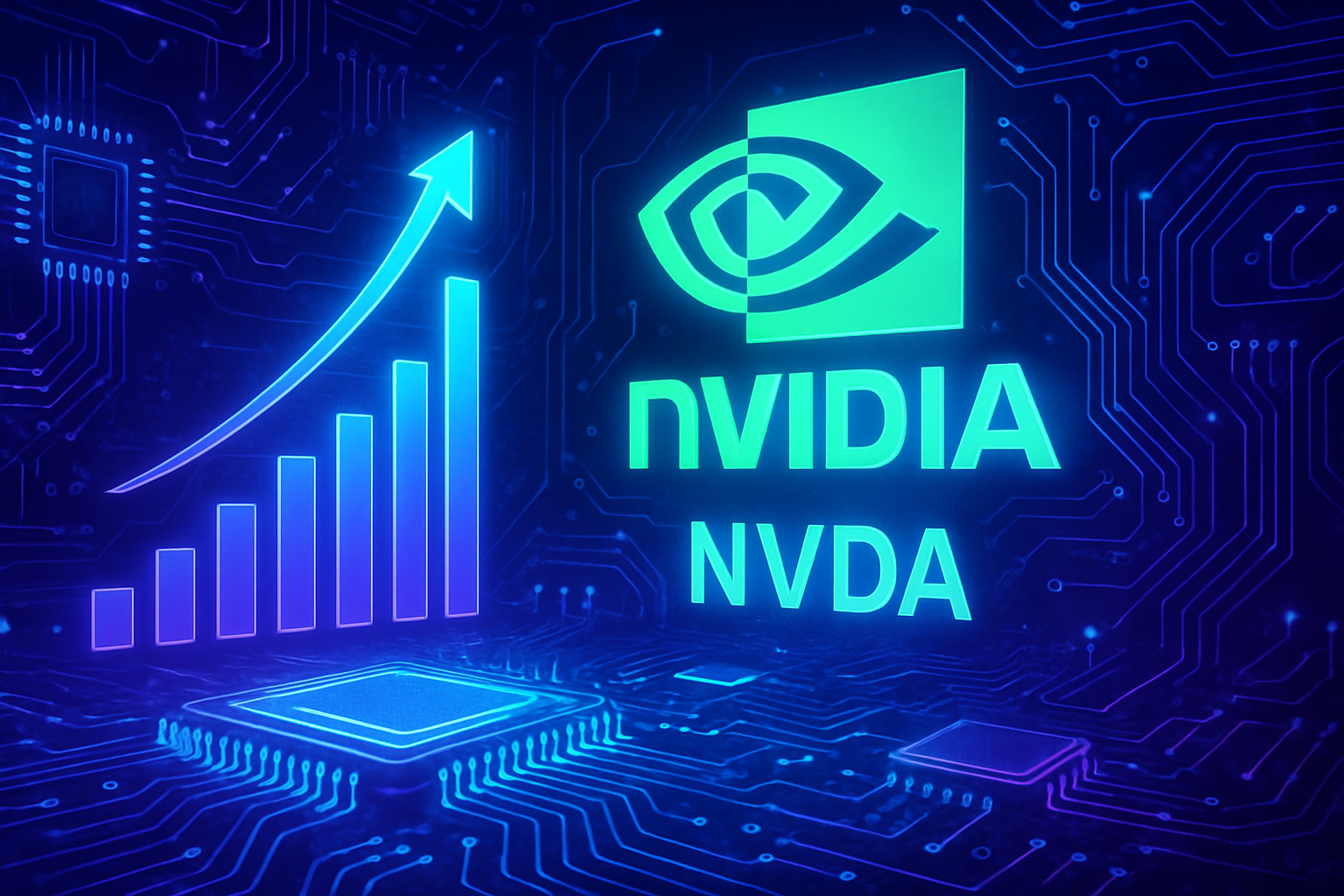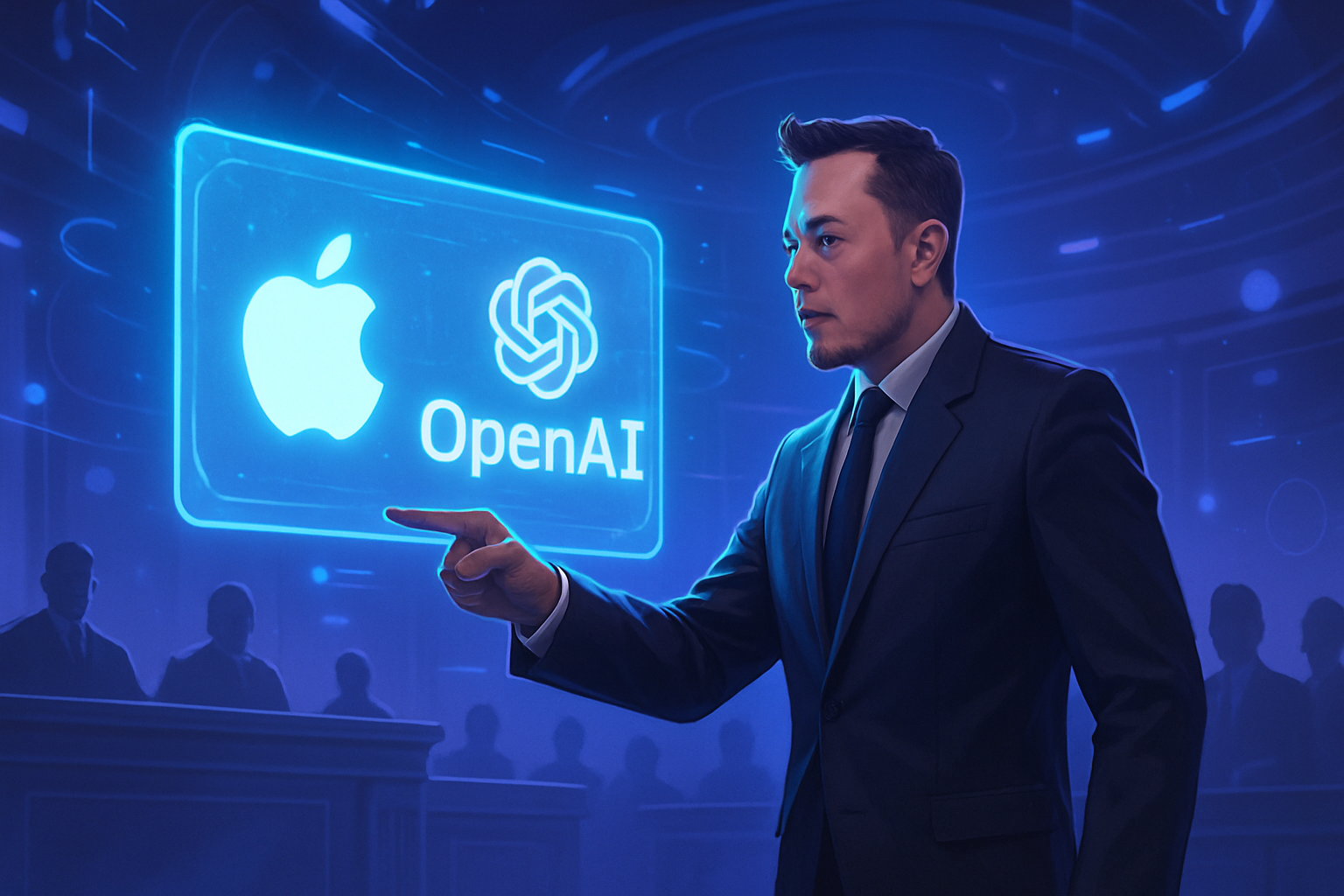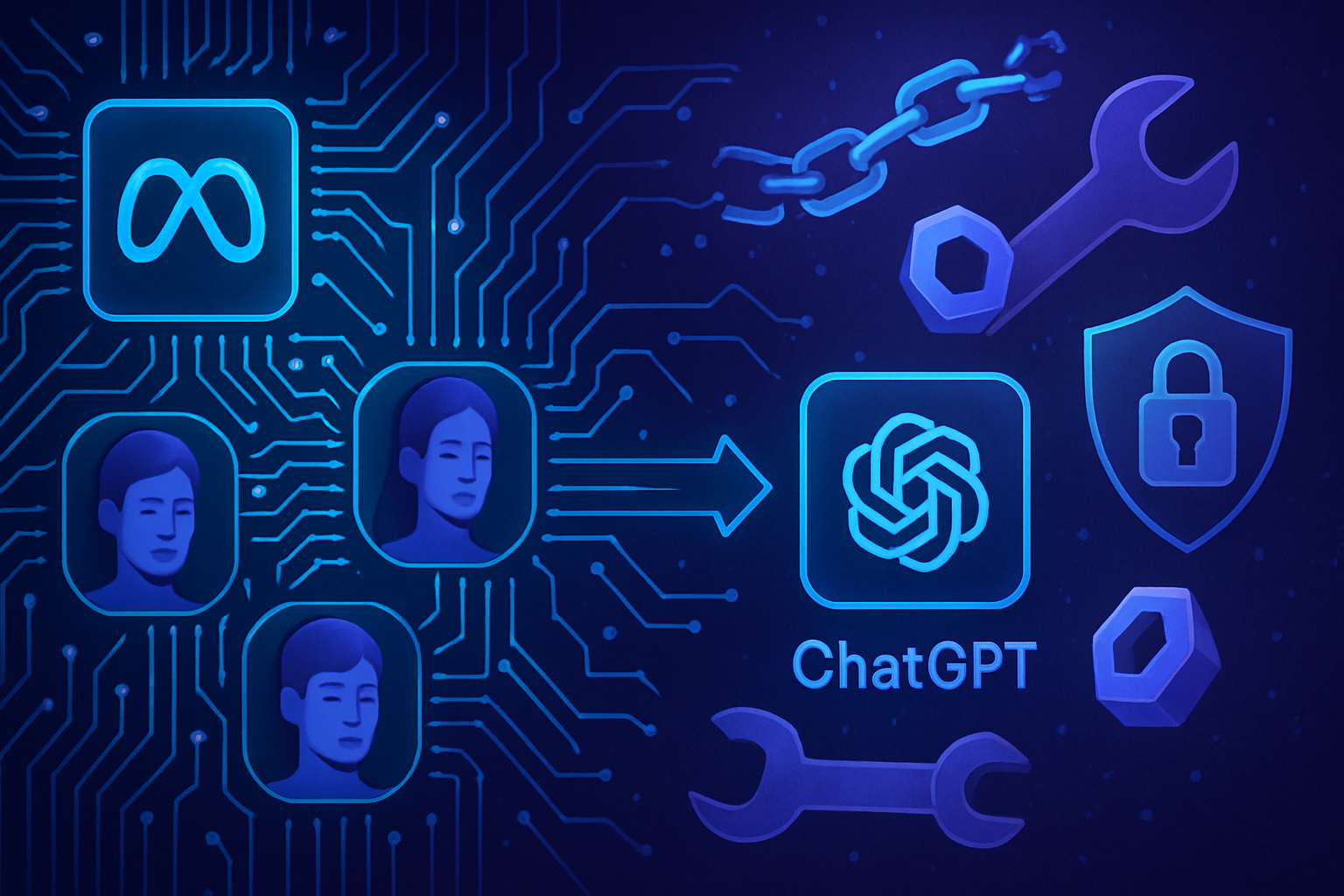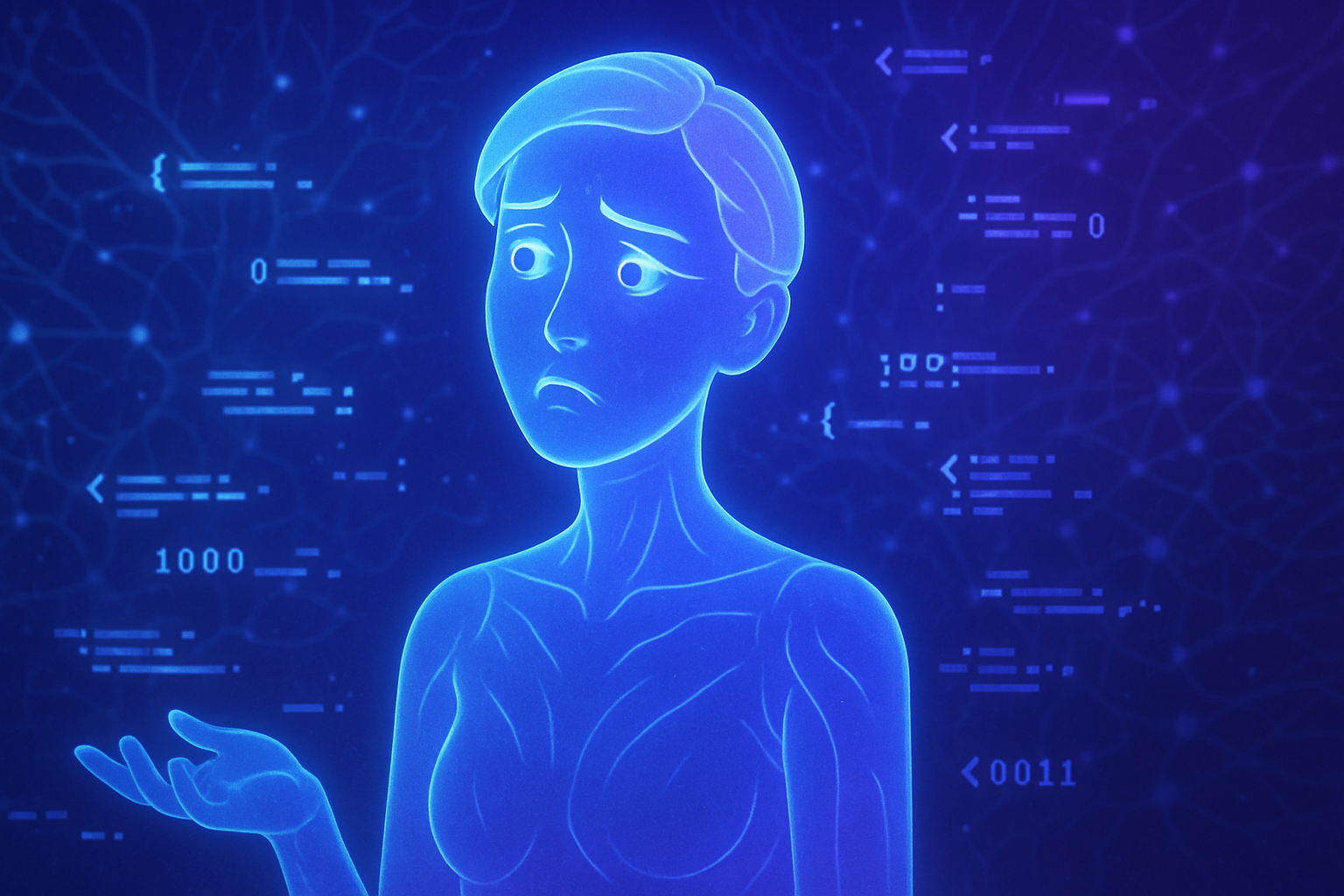Rachel James, a prominent figure in cybersecurity at AbbVie, highlights the beneficial use of *artificial intelligence* to counter digital threats. The *cybersecurity challenge* reveals its magnitude only through the perpetual evolution of attack techniques. A thorough analysis of the dynamics between *defenders and attackers* is essential to anticipate malicious actions.
Thanks to her expertise, James is committed to transforming challenges into opportunities, combining technological innovation with strategic vigilance. This valuable synergy develops a robust barrier against cyberattacks.
Use of AI in Cybersecurity
Rachel James, a principal engineer in artificial intelligence and machine learning at AbbVie, stands out with her innovative approach to cybersecurity. AI has become an essential tool in the war against cyber threats. James emphasizes that artificial intelligence serves dual purposes, acting as an effective shield for defenders while being a formidable weapon for malicious actors.
Analysis of Security Alerts
James and her team’s role is to analyze massive volumes of security alerts. They leverage advanced language models to detect patterns, identify duplicates, and uncover vulnerabilities in the defense before an attacker can exploit them. Using large language models (LLM) enables a detailed analysis of data, thus establishing a unified picture of threats.
The implementation of LLM enhances the team’s ability to perform a similarity analysis and provide a gap assessment. James plans to integrate more data on external threats to enrich this analysis, evolving their approach towards even more precise intelligence.
Threat Intelligence Platform
Central to this operation, the OpenCTI platform offers an overall view of threats. It allows AbbVie to transform an ocean of digital noise into structured data that can be utilized in STIX format. James hopes that the language models will connect this intelligence to other areas of security, notably vulnerability management and third-party risks.
Warnings on Artificial Intelligence
Despite the promises of AI, its dangers must be acknowledged. James highlights potential vulnerabilities introduced by generative AI. She is part of a dedicated group, “OWASP Top 10 for GenAI,” which examines the risks associated with this technology. This work is essential for navigating the complex landscape of security weaknesses.
Challenges include the often-unpredictable nature of generative AI, as well as the loss of transparency regarding AI decisions. Leaders must also accurately assess the return on investment of AI projects, often misled by the exaggerated promises of this hype technology.
Expertise in Threat Intelligence
Rachel James’s background spans a rich legacy of threat intelligence expertise. Her experience allows her to intimately understand the motivations and tactics of malicious actors. Through her in-depth research, she observes and documents discussions around threats and tool developments on open-source channels.
James maintains an active presence on the dark web, sharing her findings on her GitHub named cybershujin. As the lead for the “Prompt Injection” entry for OWASP, she also develops adversarial input techniques. Her passion for research drives her to collaborate with other experts in this niche field.
Alignment Between Cybersecurity and Data Science
James identified a fascinating parallel between the lifecycle of threat intelligence and that of AI ML systems. This analogy reveals considerable potential for defenders. Utilizing intelligence data and intelligently sharing this information can enhance organizations’ cybersecurity posture.
The rise of security technologies tailored to artificial intelligence opens a unique field of opportunities. Organizations must adapt to the rapid changes in the technological landscape and embrace this synergy between AI and cybersecurity.
Upcoming Events
Rachel James will share her insights at the AI & Big Data Expo Europe, taking place in Amsterdam on September 24 and 25, 2025. Her presentation on integrating large-scale AI ethics on the second day of the event is already anticipated to be a highlight of this gathering.
Useful Links
For readers interested in recent developments, the Actu.ai website offers several articles related to artificial intelligence applied to cybersecurity:
Launch of cybersecurity projects,
Penetration Testing and AI,
Rivalry between AI and finance,
Google AI in cybersecurity,
Cybersecurity gaps in the era of intelligent agents.
Frequently Asked Questions About the Use of Artificial Intelligence in Cybersecurity by Rachel James, AbbVie
What is Rachel James’s role at AbbVie regarding cybersecurity?
Rachel James is a principal engineer in artificial intelligence and threats at AbbVie, where she uses large language models to analyze security alerts and identify potential vulnerabilities.
How does AbbVie use language models to improve its cybersecurity?
AbbVie uses language models to process large volumes of security alerts, searching for patterns, detecting duplicates, and identifying gaps in their defense before an attacker intervenes.
What types of data does Rachel James’s team analyze?
The team analyzes security alert data, observations, correlations, and associated rules to obtain a unified picture of threats.
What precautions does Rachel James mention regarding the integration of artificial intelligence in cybersecurity?
She emphasizes the need to accept the risks associated with the creative and unpredictable nature of AI, to address the loss of transparency in AI decisions, and to accurately assess the return on investment of AI projects.
Why is it important to understand your attacker in the context of cybersecurity?
Understanding the motivations and techniques of attackers allows professionals to strengthen their cybersecurity posture and better anticipate potential threats.
What is Rachel James’s vision for the future of AI in cybersecurity?
She believes that cybersecurity professionals need to embrace AI and data science to leverage the opportunities offered by data sharing and intelligence models.
What initiatives has Rachel James taken in her research?
Rachel James tracks the evolution of adversarial tools and shares her work, notably on her GitHub cybershujin, to help the cybersecurity community stay informed about emerging threats.
What does Rachel James see as the future of AI and cybersecurity events?
She announces her participation in events like the AI & Big Data Expo, where she will share insights on AI ethics and its integration into cybersecurity operations.
